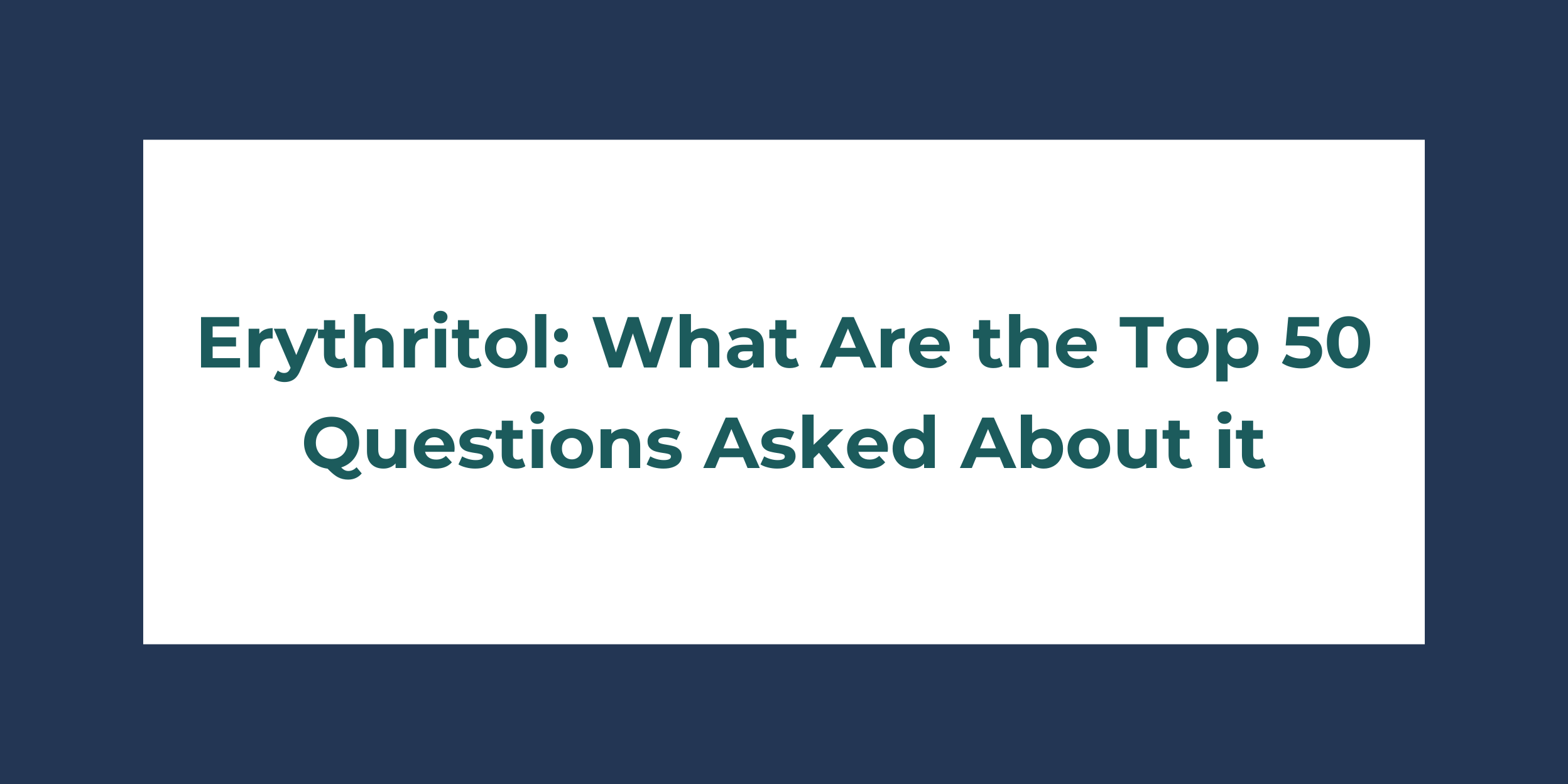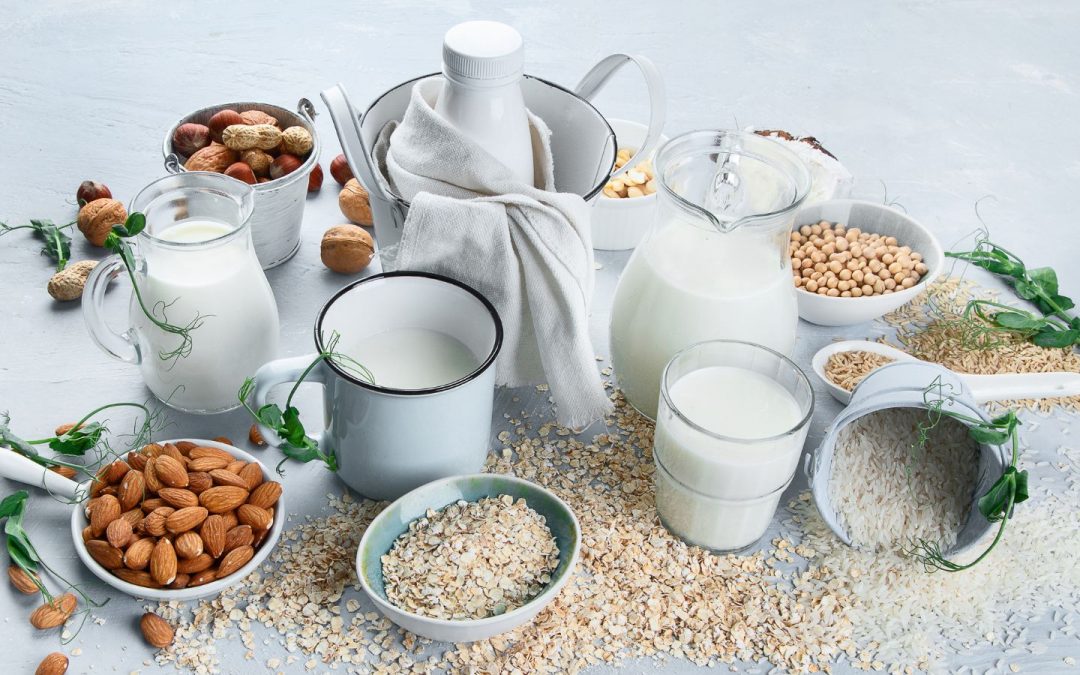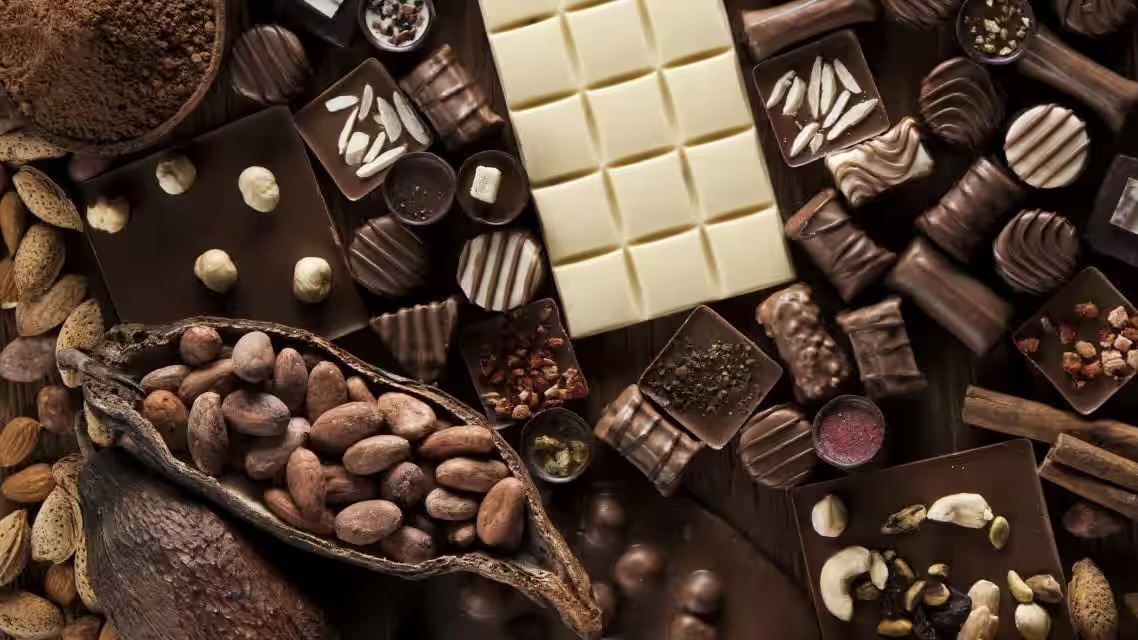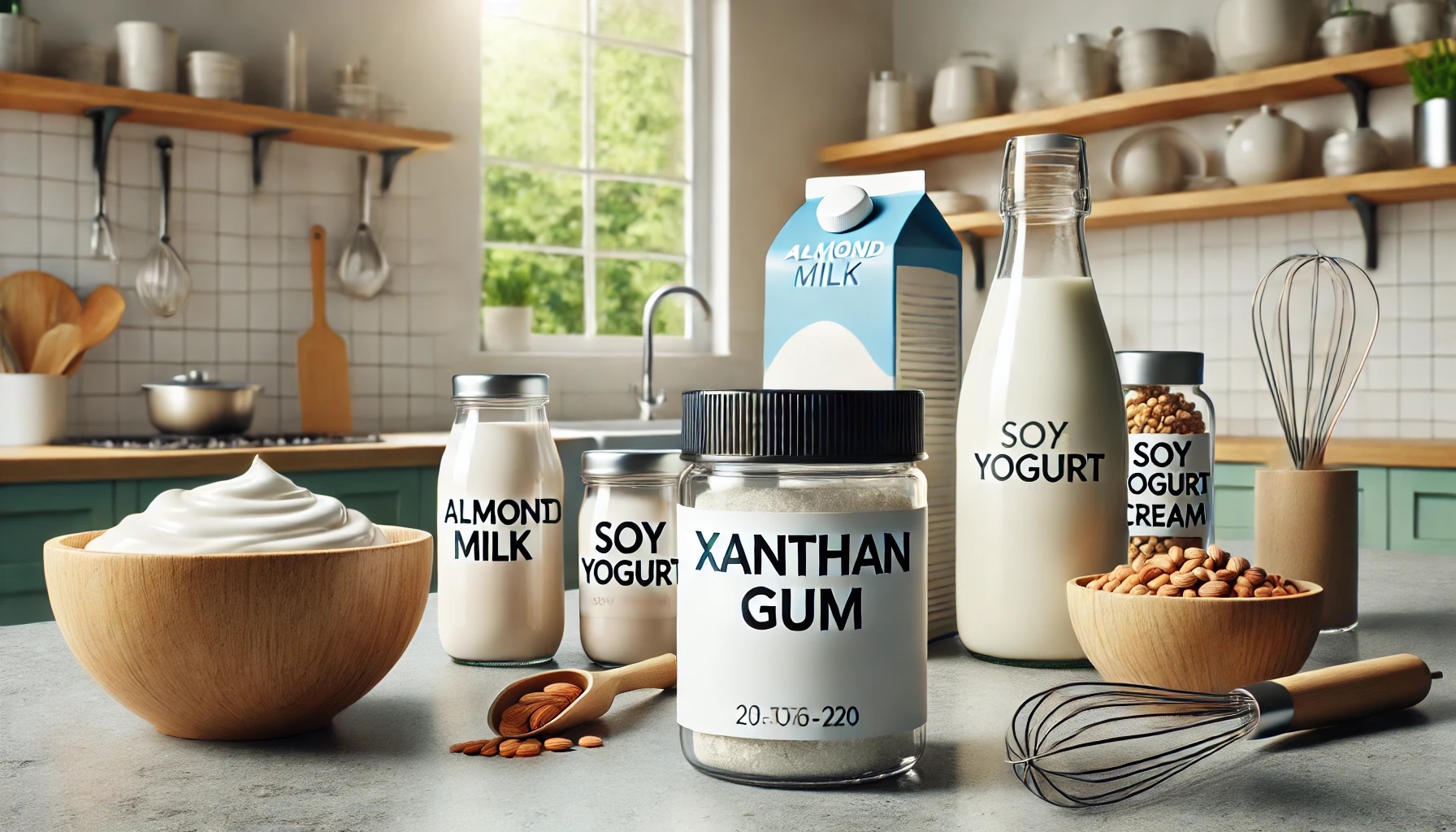1. What is the chemical structure of erythritol?
It is a four-carbon sugar alcohol (polyol) with the chemical formula C4H10O4.
It has a symmetric structure with two hydroxyl groups on each end of the molecule.
2. How does erythritol interact with other ingredients in formulations?
It is stable in formulations and does not react with other ingredients, making it suitable for a wide range of products.
It can affect the crystallization and moisture content in certain applications.
3. What is the solubility of erythritol in water?
It is highly soluble in water, with a solubility of about 37 g/100 mL at 25°C.
This makes it suitable for use in beverages and other aqueous systems.
4. Can erythritol be used as a bulking agent?
Yes, It can be used as a bulking agent in various food products, providing volume and texture similar to sugar but with fewer calories.
5. How does erythritol affect the freezing point of products?
It lowers the freezing point of products less than sugar does, making it useful in frozen desserts where a softer texture is desired.
6. What are the sensory characteristics of erythritol?
It is a clean tasting sweetener similar to sugar, with a slight cooling effect on the tongue due to its endothermic dissolution process.
7. How stable is erythritol under heat?
It is stable under heat, making it suitable for baking and cooking applications.
It does not caramelize or brown like sugar.
8. What are the primary applications of erythritol in the food industry?
It is used in a variety of applications, including sugar-free candies, baked goods, beverages, dairy products, and chewing gum.
9. How does erythritol impact the texture of baked goods?
It can affect the texture of baked goods by reducing moisture retention and causing a slightly crumbly texture compared to sugar.
10. Can erythritol be used in combination with other sweeteners?
Yes, It is often used in combination with other sweeteners like stevia or monk fruit to achieve a sugar-like taste and improve functionality.
11. What is the caloric value of erythritol compared to sugar?
It has 0.24 calories per gram, significantly lower than sugar’s 4 calories per gram, making it an excellent low-calorie alternative.
12. How does erythritol affect product shelf life?
It can help extend product shelf life due to its non-fermentable nature and moisture retention properties, reducing microbial growth.
13. Is erythritol hygroscopic?
It is less hygroscopic than sugar, meaning it attracts less moisture from the environment, which can be beneficial in dry products.
14. How does erythritol impact water activity in food products?
It can reduce water activity in food products, which helps inhibit microbial growth and prolong shelf life.
15. What regulatory approvals does erythritol have?
It is approved for use in food products in many countries, including the USA, India, EU, Japan, and Australia, and is classified as GRAS by the FDA.
16. Can erythritol be used in dairy products?
Yes, It is used in dairy products like yogurt and ice cream to reduce sugar content while maintaining sweetness and texture.
17. How does erythritol impact fermentation processes in baked goods?
It does not ferment with yeast, so it does not contribute to the rising process in yeast-leavened baked goods, but can be used in chemically leavened products.
18. What are the limitations of using erythritol in food products?
It may cause digestive discomfort in large amounts and does not provide the same browning and caramelization as sugar, which can limit its use in certain applications.
19. How is erythritol labeled on food packaging?
It is labeled as “erythritol” on food packaging and is often included in the total carbohydrate count but subtracted from net carbs due to its non-impact on blood sugar.
20. What are the synergistic effects of erythritol with other polyols?
It can enhance the sweetness and improve the taste profile when used with other polyols like xylitol or sorbitol, providing a more balanced sweetness.
21. Can erythritol be used in gluten-free products?
Yes, It is gluten-free and can be used in gluten-free products to provide sweetness and bulk without affecting the gluten content.
22. What are the crystallization properties of erythritol?
It can crystallize more easily than sugar, which can affect the texture of products like chocolate and candy if not properly managed.
23. How does erythritol affect the mouthfeel of beverages?
It provides a clean, refreshing mouthfeel with a slight cooling effect, making it suitable for a variety of beverage applications.
24. What are the cost implications of using erythritol in formulations?
It can be more expensive than sugar, but its low calorie content and other functional benefits can justify its use in premium and health-focused products.
25. Can erythritol be used in confectionery products?
Yes, It is widely used in confectionery products like sugar-free candies, chewing gum, and mints due to its sweetness and low calorie content.
26. What impact does erythritol have on product stability?
It enhances product stability by reducing water activity and providing a non-fermentable sweetening option, which helps prevent spoilage.
27. How does It compare to other sweeteners in terms of aftertaste?
It has a clean taste with no bitter aftertaste, unlike some other low-calorie sweeteners, making it a preferred choice in many applications.
28. Can It be used in savory applications?
Yes, It can be used in savory applications to balance flavors and reduce the sugar content in sauces, dressings, and marinades.
29. What are the thermal properties of erythritol?
It has a high melting point (121°C) and does not caramelize, making it stable under cooking and baking conditions but unsuitable for applications requiring caramelization.
30. Does It impact the color of food products?
It does not contribute to browning or color changes in food products, which can be a limitation for products where color development is desired.
31. What are the functional roles of erythritol in food formulations?
It acts as a sweetener, bulking agent, and humectant, providing multiple functional benefits in food formulations while reducing calories.
32. Can It be used in reduced-sugar chocolate?
Yes, It is used in reduced-sugar chocolate to provide sweetness and bulk while maintaining the desired texture and flavor profile.
33. How does erythritol impact the viscosity of syrups?
It can increase the viscosity of syrups, providing a thicker consistency similar to sugar-based syrups but with fewer calories.
34. What are the sensory effects of erythritol in dairy alternatives?
It enhances the sweetness and mouthfeel of dairy alternatives like almond milk and soy yogurt, improving their sensory appeal.
35. Can erythritol be used in reduced-calorie sauces?
Yes, It is used in reduced-calorie sauces to provide sweetness and reduce the overall calorie content without compromising flavor.
36. What are the shelf-life considerations when using erythritol?
It can extend the shelf life of products by reducing water activity and preventing microbial growth, but care must be taken to prevent crystallization.
37. How does erythritol affect the pH of food products?
It has a neutral pH and does not significantly affect the pH of food products, making it suitable for use in a wide range of pH environments.
38. Can It be used in powdered drink mixes?
Yes, It is used in powdered drink mixes to provide sweetness and bulk, with good solubility and stability in dry form.
39. How does It impact the stability of emulsions?
It does not impact the stability of emulsions and can be used in emulsified products like salad dressings and mayonnaise.
40. What are the challenges of formulating with erythritol?
Challenges include managing crystallization, achieving desired browning in baked goods, and potential digestive discomfort at high doses.
41. How does It affect the melting behavior of products?
It has a high melting point and does not caramelize, affecting the melting behavior of products like chocolate and candies.
42. What are the functional benefits of It in frozen desserts?
It lowers the freezing point, providing a softer texture and reducing ice crystallization in frozen desserts like ice cream.
43. Can It be used in jams and preserves?
Yes, It can be used in jams and preserves, but it may require additional gelling agents to achieve the desired consistency.
44. How does erythritol impact the sensory profile of baked goods?
It provides sweetness and a slight cooling effect, but may result in a drier and more crumbly texture compared to sugar.
45. Can erythritol be used in energy bars?
Yes, It is used in energy bars to reduce sugar content and calories while maintaining sweetness and texture.
46. What are the storage considerations for erythritol?
It should be stored in a cool, dry place to prevent moisture absorption and clumping, ensuring product stability.
47. How does It interact with other hydrocolloids?
It can be used with hydrocolloids like guar gum or xanthan gum to improve texture and stability in various food products.
48. Can It be used in marinades?
Yes, It can be used in marinades to provide sweetness and balance flavors without adding significant calories.
49. How does It affect the sensory attributes of reduced-sugar beverages?
It enhances sweetness and provides a clean taste with a slight cooling effect, improving the sensory attributes of reduced-sugar beverages.
50. What are the regulatory considerations for using It in new products?
Food technologists must ensure compliance with regional regulations and labeling requirements, including listing It as an ingredient and considering any applicable usage limits.








